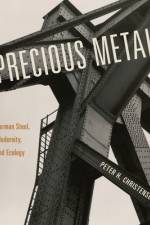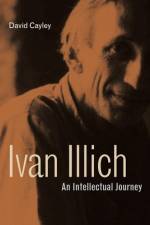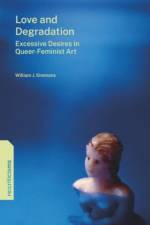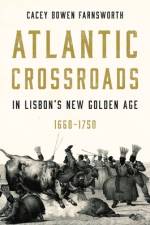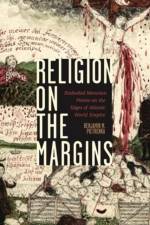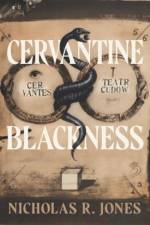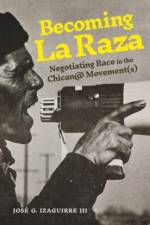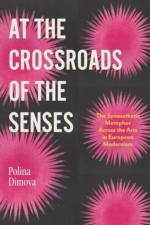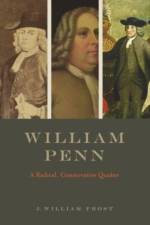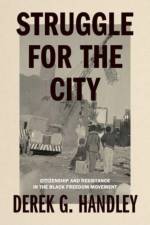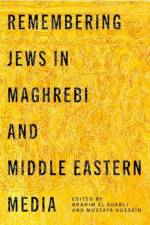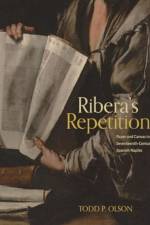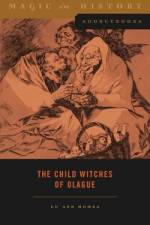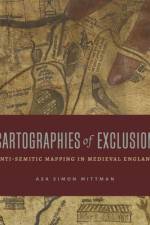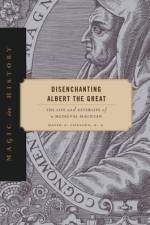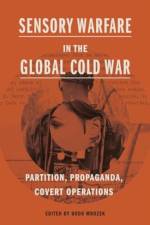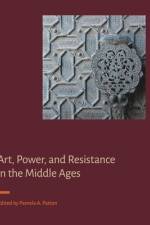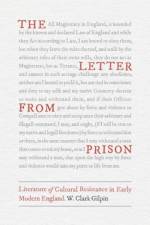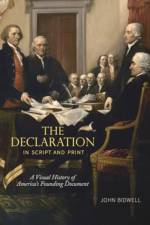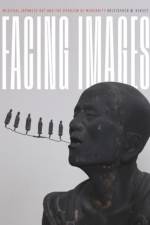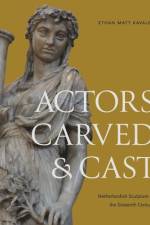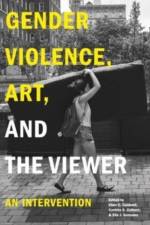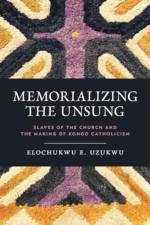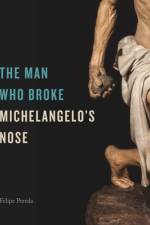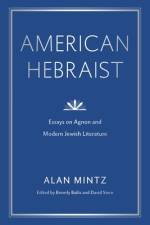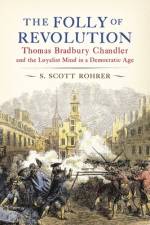- Partition, Propaganda, Covert Operations
av Bodo Mrozek
1 389,-
The longest political conflict of the twentieth century, the Cold War, was carried out on the human senses--and through them. Largely conducted through nonlethal methods, it was a war of competing cultures, politics, and covert operations. While propaganda reached targets through vision and hearing, it also exploited taste, smell, and pain. This volume is the first to explore the sensory aspect of the Cold War and how this warfare changes contemporary perception of the war. The authors highlight the global dimension of sensory warfare, examining conflicts around the world and across different phases of the war, including "cold" and "hot" warfare--both covert and overt. Case studies highlight US food deliveries to Eastern Europe, attempts to sovietize Polish perfumery, intelligence-financed broadcasts over the Iron Curtain, the loudspeaker war at the China-Taiwan "aquatic frontier," the Maoist Cultural Revolution, and sensory deprivation and drug abuse in covert operations in both Hungary and the United States. In its wide-ranging treatment, this volume offers an illuminating new perspective on the Cold War and deepens our understanding of the sensory aspects of current and future conflicts. Sensory Warfare in the Global Cold War will be of interest to students and scholars of sensory studies, Cold War studies, twentieth-century history, and military history. In addition to the editor, the contributors to this volume include Cyril Cordoba, Mark Fenemore, Walter E. Grunden, Dayton Lekner, José Manuel López Torán, Markus Mirschel, Victoria Phillips, Carsten Richter, Andreea Deciu Ritivoi, Christy Spackman, and Stephanie Weismann.

